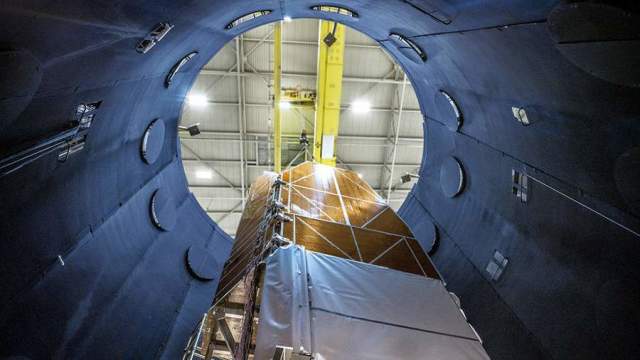NASA has completed design and development work on the creation of the Nancy Grace Roman space telescope, according to the agency's website .
"After extensive testing of the equipment and complex modeling, an independent group of experts confirmed that the observatory developed by us will work. We know what it will look like and what it will be capable of. Now that the foundation has been laid, the team is happy to continue building and testing the observatory they have conceived," said Julie McEnery, senior space telescope scientist at NASA's Goddard Space Flight Center in Greenbelt (USA).
Before the launch of the mission, which will take place no later than May 2027, the device will be assembled.
"When all our flight equipment is ready in 2024, we will review the system integration and integrate the Rome Observatory. Finally, we will test the entire observatory in conditions simulating the launch and our orbit to make sure that the ROMAN will work as intended," NASA noted.
The Delta IV Heavy launch vehicle will launch the telescope into space. Nancy Grace Roman will operate in a halo orbit around the second Lagrange point in the Sun-Earth system for five years.
It is noted that the 288-megapixel camera of the device has a field of view 200 times larger than that of the Hubble telescope. This will allow you to detail the images at the highest level. The Nancy Grace Roman coronograph, in turn, will receive clear images of large exoplanets and protoplanetary disks. The mission is expected to help clarify such cosmic mysteries as dark energy and dark matter.
On September 29, the European Space Agency (ESA) announced that the sOyuz rocket is preparing to send the Euclid telescope at the end of 2022.
"The ESA Euclid mission has reached a new milestone in its development: the telescope and instruments have been successfully tested, showing that it can work and achieve the required characteristics in extreme space conditions. Euclid will study dark energy and dark matter," the report says.
Euclid will be launched from the European Kourou cosmodrome in French Guiana. The telescope is designed for six years of operation, it will display billions of galaxies with accuracy at a distance of up to 10 billion light-years from Earth, and the survey will cover up to a third of the night sky, ESA added.

